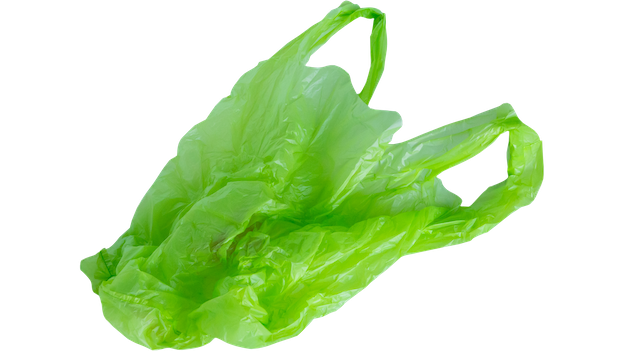The best journeys all begin the same way: that first step.
Hi, I’m Andrew, and I created this blog as a way to document and share my own journey of discovering the dangers associated with plastic and how to live with less of it. My hope is that we can improve our lives and health together. 🌱💚
Who is this blog for?
This blog is for those who are ready to make small, impactful changes toward a healthier life with less plastic. Whether you’re just starting to explore options to reduce your exposure to microplastics, or have been on this sustainable journey for years.
If you’re looking to learn, get inspired, or simply make informed choices, this blog is for you!
Every piece of plastic ever made still exists.
Think about that.
Plastics don’t completely decompose. Instead, they break into tiny pieces called microplastics, which persist in the environment indefinitely, posing long-term risks to wildlife, ecosystems, and human health.
Researchers have found microplastics in almost every part of the human body.
Microplastics have been found in:
🌊 Water: Microplastics have been detected every water source sampled, including oceans, rivers, lakes, and tap water due to plastic pollution, which breaks down into tiny particles over time.
🚜 Soil: Agricultural soils are often contaminated with microplastics from sources like compost, sewage sludge used as fertilizer, and plastic mulch, which degrade into the soil.
☁️ Air: Microplastics can be airborne, entering the atmosphere from urban areas, tire wear on roads, and synthetic textiles, allowing particles to be inhaled or deposited far from their origin.
🪴 Plants: Research has shown that microplastics can be absorbed by plant roots from contaminated soil and water, entering the food chain at a foundational level.
🐓 Animals: Many animals ingest microplastics through contaminated food or water, accumulating in their bodies and sometimes causing health issues.
🍔 Food: Microplastics have been found in a range of foods, from seafood to fruits and vegetables. Highly processed foods have some of the most microplastics. The cause is primarily from environmental contamination and the plastic found in the food processing facilities.
👤 Humans: Studies have confirmed microplastics in human blood, and nearly every organ. Likely ingested through food, water, and inhaled air. Their long-term impact on human health is still being studied, with concerns around inflammation, cellular stress, and potential disruptions to the immune and endocrine systems.

Plastic doesn’t biodegrade.
Eventually all plastic breaks down into microplastics, which present significant environmental and health concerns because, well… they’re been found literally everywhere.
Plastic isn’t just a waste problem—it’s a health problem. Microplastics have infiltrated our food, water, and even the air, carrying harmful chemicals that can disrupt ecosystems and human health.
How much plastic are you exposed to?
Take this quick quiz to discover your microplastic exposure level.
It’s kinda overwhelming how prevalent microplastics are.
How in the world do we escape the constant bombardment of these tiny particles? They’re everywhere!
Instead of sitting around feeling defeated, I decided it was time to do something about it.
That’s why I created this blog. I’m determined to live a life with as little plastic as possible. And I’m taking everything I’ve learned and continuing to discover and sharing it here.
Ultimately this is a massive global societal problem rooted in corporations and governments allowing and endorsing unrestricted plastic production which is causing the ongoing environmental and global health catastrophe.
Maybe we’ll never be able to fix it. But what we can do is protect ourselves and our loved ones from the consequences of this reality—and maybe in some small way, we can have an impact on the world around us. We might not be able to solve the problem, but we have the autonomy to make our own decisions and live the lives we want.
The average person may ingest upwards of 211,000 microplastic particles annually.
- 💧 Almost all bottled water has very high levels of micro and nanoplastics
- 🍬 Food packaging and wrappers leach microplastics.
- 👕 Furnishings and clothes shed microplastic particles into the air.
There are an estimated 358 trillion pieces of plastic debris, mostly microplastics, in the ocean.
- 🌊 8 million tons of plastic waste enter the ocean each year.
- 🌏 Microplastics have been found in the most remote parts of the ocean, including the North Pole.
- 🐟 By 2050, the weight of plastic in the ocean could outweigh all the fish if current trends continue.
“Our oceans are turning into plastic… and the consequences for marine life are becoming ever more devastating.”
— David Attenborough
You can deplastic your life. 🚫
It feels like we’re trapped in a plastic-dominated world. A million tons of plastic are both produced and discarded every day.
Just because we’re being sold the plastic lifestyle doesn’t mean we have to buy into it. Let’s pursue a healthier, more natural life, with as little plastic as possible. ✨

What you can do about it
Our comprehensive suite of professional services caters to a diverse clientele, ranging from homeowners to commercial developers.
Avoid single-use plastics
Single-use plastics pollute the planet and expose us to harmful chemicals, breaking down into microplastics that contaminate our food, water, and air.
Eliminate kitchen plastic
Plastic in the kitchen can leach harmful chemicals into your food, especially when heated.
Reduce synthetic clothing
Synthetic clothing sheds tiny microplastic fibers every time it’s washed, releasing them into waterways and eventually the food chain.
Limit processed foods
Processed foods often contain microplastics from packaging, production equipment, and even contaminated ingredients. These tiny plastic particles can make their way into our bodies.
Keep your home clean
Indoor air is filled with microscopic plastic particles shed from synthetic carpets, furniture, clothing, and household dust.
Filter your water
Microplastics have been found in tap water, bottled water, and even filtered water, with studies estimating that the average person consumes thousands of plastic particles annually.
Take Action
Get started reducing your plastic use and exposure today.
